Established back in 2008, the Fotobookfestival Kassel was the first festival devoted to the photobook…
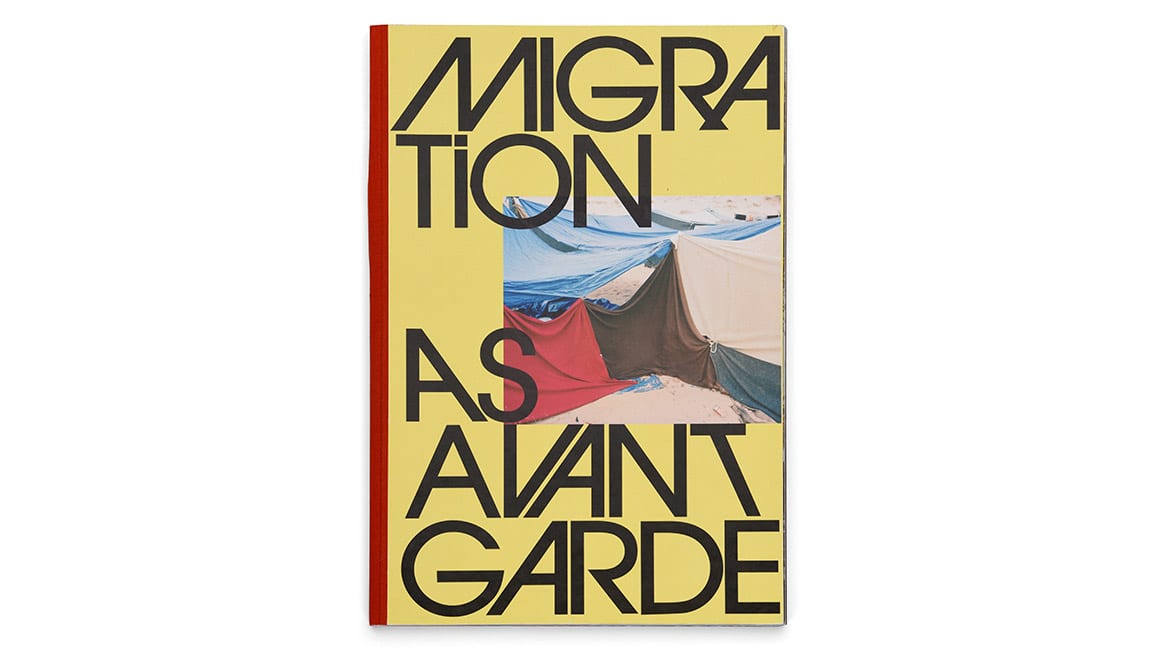

Established back in 2008, the Fotobookfestival Kassel was the first festival devoted to the photobook…

The 18-year-old Hamburg Triennial will be directed for the second time by Polish curator Krzysztof Candrowicz, who moved to Hamburg four years ago and set about transforming the it, bringing people and institutions together, and determined to make it more relevant to the viewing public. The 2015 edition was, he says, “The first holistic attempt to create the collaborative framework of the festival. Before, the museums were basically highlighting their own exhibitions, but there was no actual curatorial collective structure.” The determinedly political and environmentally-conscious theme this year was inspired by an amalgamation of many factors, he says, including spending a year “away from structured, mechanised and commercial reality”, travelling around Latin America, Nepal and India. “Breaking Point became, for me, a metaphor for rapid and sometimes unexpected transformation on a personal and global level.”
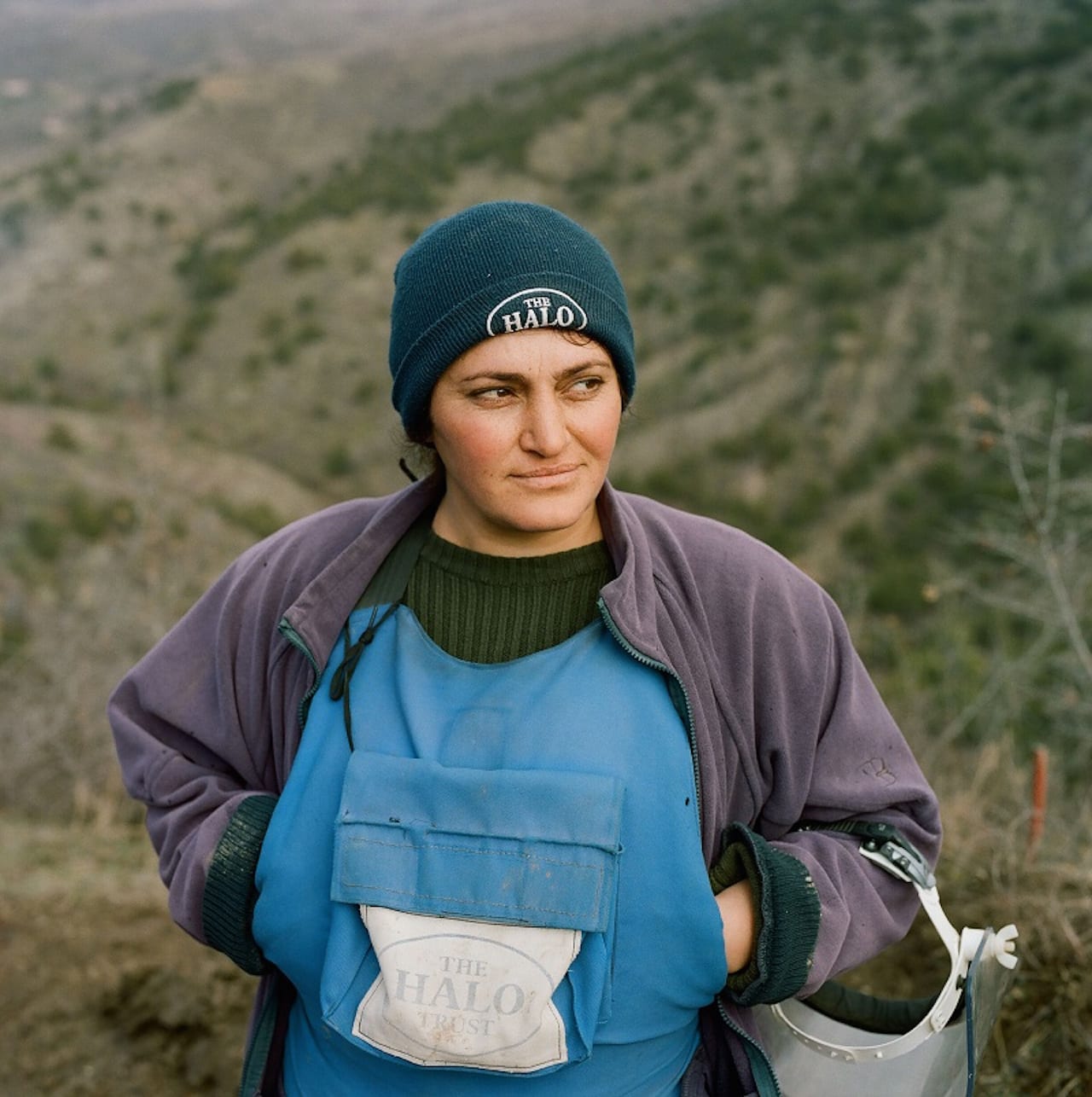
Unexploded landmines are responsible for the deaths of 15-20,000 people every year, and currently contaminate 78 countries worldwide. Nagorno Karabakh, a landlocked, mountainous region in South Caucasus, Eastern Europe, has one of the highest per capita incidences of landmine accidents in the world, and a third of the victims are children. Eva Clifford, former online writer at BJP, spent a week with the world’s largest mine clearance organisation, HALO, and their first female demining team in Nagorno Karabakh. Since employing its first female demining team in 2015, HALO now employs 11 women, with more undergoing training this year.
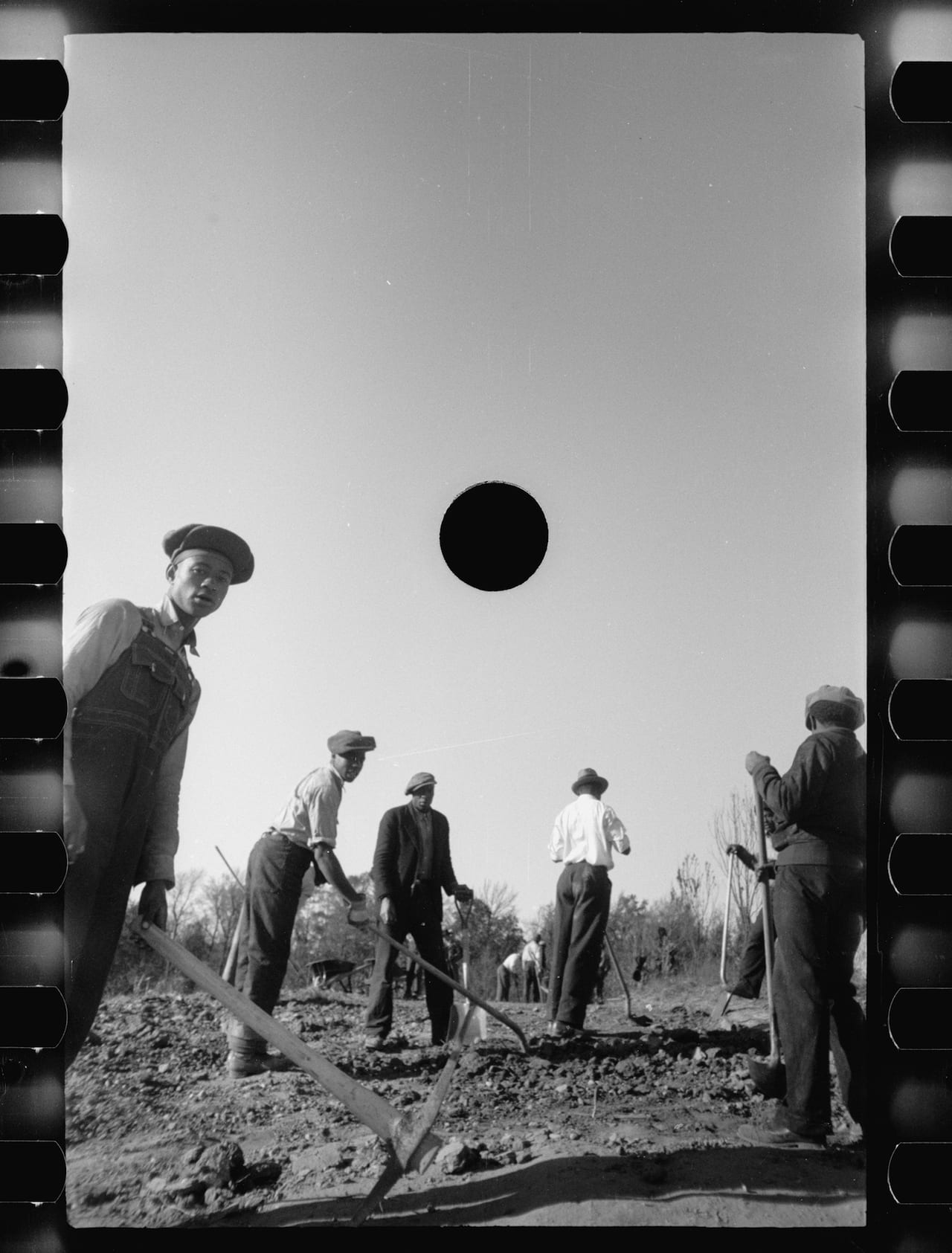
In 1935 Roy E. Stryker, head of the Information division of the Farm Security Administration (FSA), commissioned several photographers – including Walker Evans, Dorothea Lange and Russell Lee – to document America’s farm life and workers. The USA was in the throes of the Great Depression, and the scenes that the image-makers captured, from 1935-1944, created a damning and lasting vision of destitution. Lange’s 1936 portrait of the so-called Migrant Mother became a symbol of the plight of the impoverished itinerant farmers, for example – and, for Stryker, summed up his entire project at the FSA. “She has all the suffering of mankind in her but all of the perseverance too,” he reportedly said. “A restraint and a strange courage. You can see anything you want to in her. She is immortal.” As Stryker’s words suggest, he had a very particular vision of what he wanted to achieve with these photographs. Images that did not fit in with that vision were ruthlessly “killed” – rendered unpublishable by having a hole punched through the negative. Thousands of photographs were defaced in this way, in an act of censorship that has since been described as vandalism.
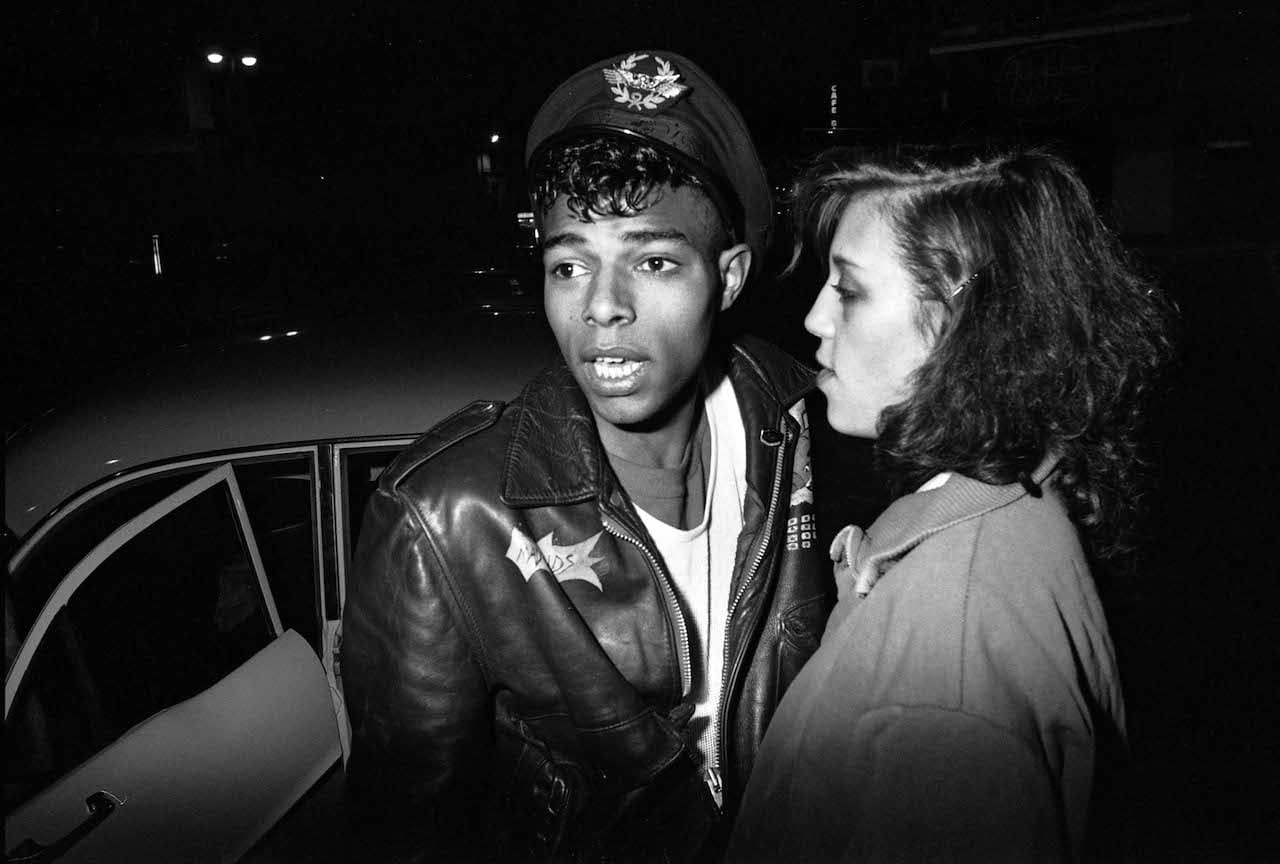
“They’re all driven by motivations that are both personal and political to a degree, and they are all self-initiated projects,” says curator Alona Pardo of the photographers in the show Another Kind of Life: Photography on the Margins. “Some may have started as commissions, but very early on took on a life of their own. It was interesting to think about the role of the photographer, because often the photographer hides behind the camera as a facade. There is also an interesting subtext of the photographer occupying the position of an outsider within mainstream society. They are there, assertively documenting the world.”
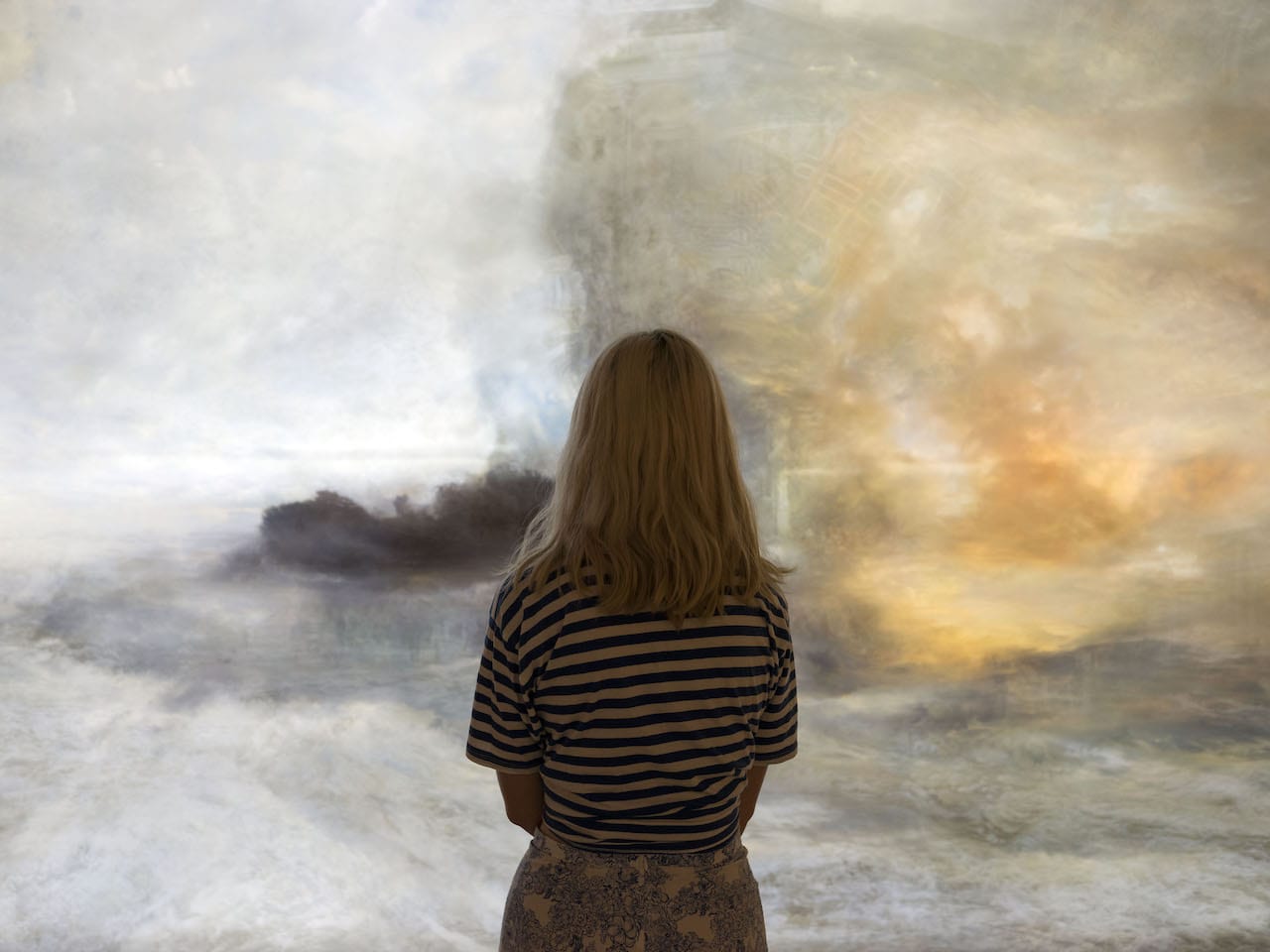
When he first heard about the HOME project, Brighton-based photographer Mark Power’s immediate reaction was to make something personal. “Home is such an abstract concept,” he says. “For instance, if I’ve been travelling abroad for a while I’d probably consider my home to be England. If I’m already there, then I might think of Brighton as home. In Brighton I’d probably think of my house.” Ultimately though ‘home’ translates as family for him, and by coincidence the project landed just as his family was undergoing seismic change. “By chance, the subject was staring me in the face – our daughter Chilli was leaving home in September, moving to London to begin a degree in Fine Art at Goldsmiths University,” explains Power. “Ironically, this date coincided almost exactly with the deadline to deliver the final project.”
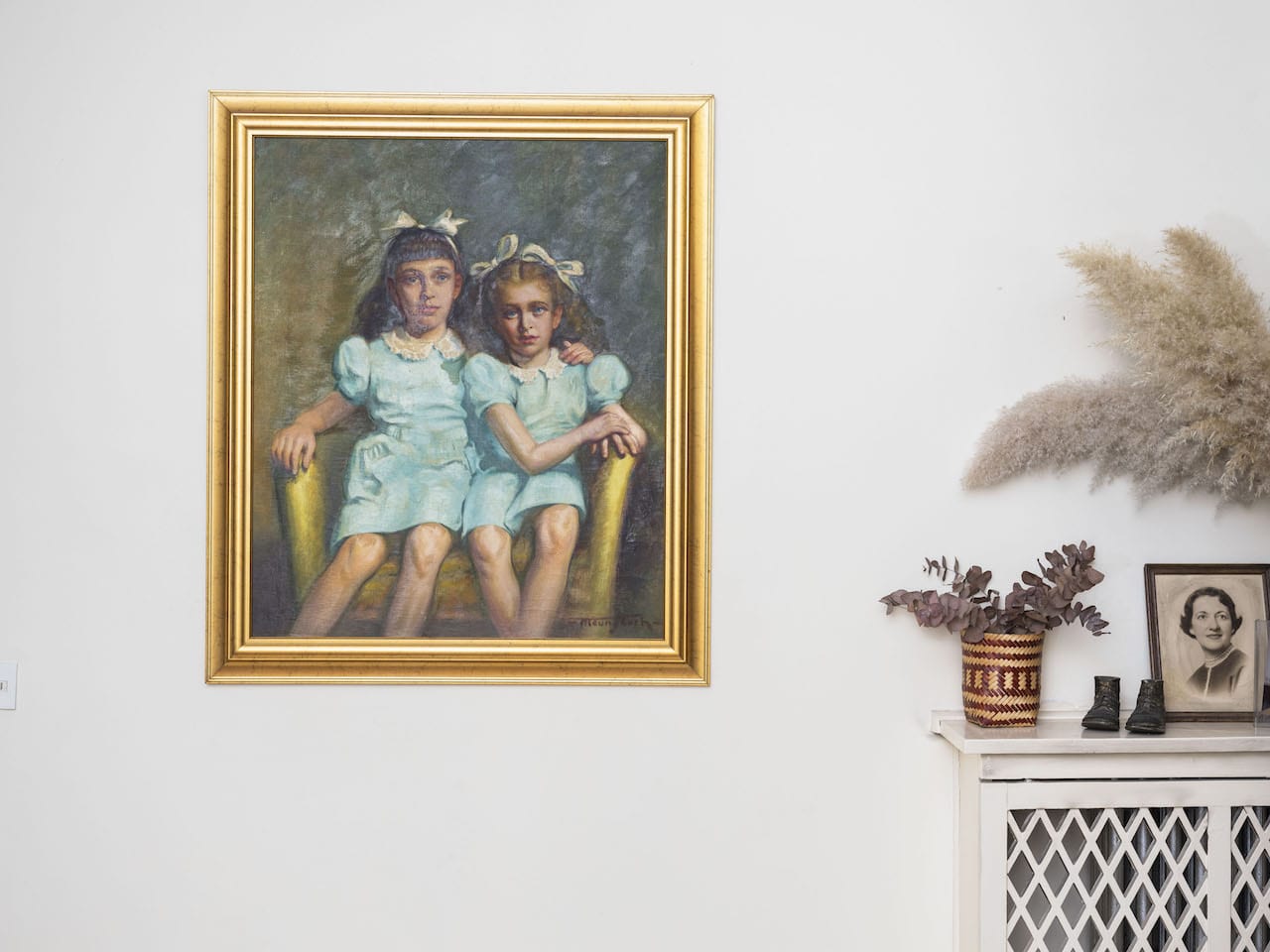
New York in 1968, Alessandra Sanguinetti’s family moved to Argentina when she was two years…
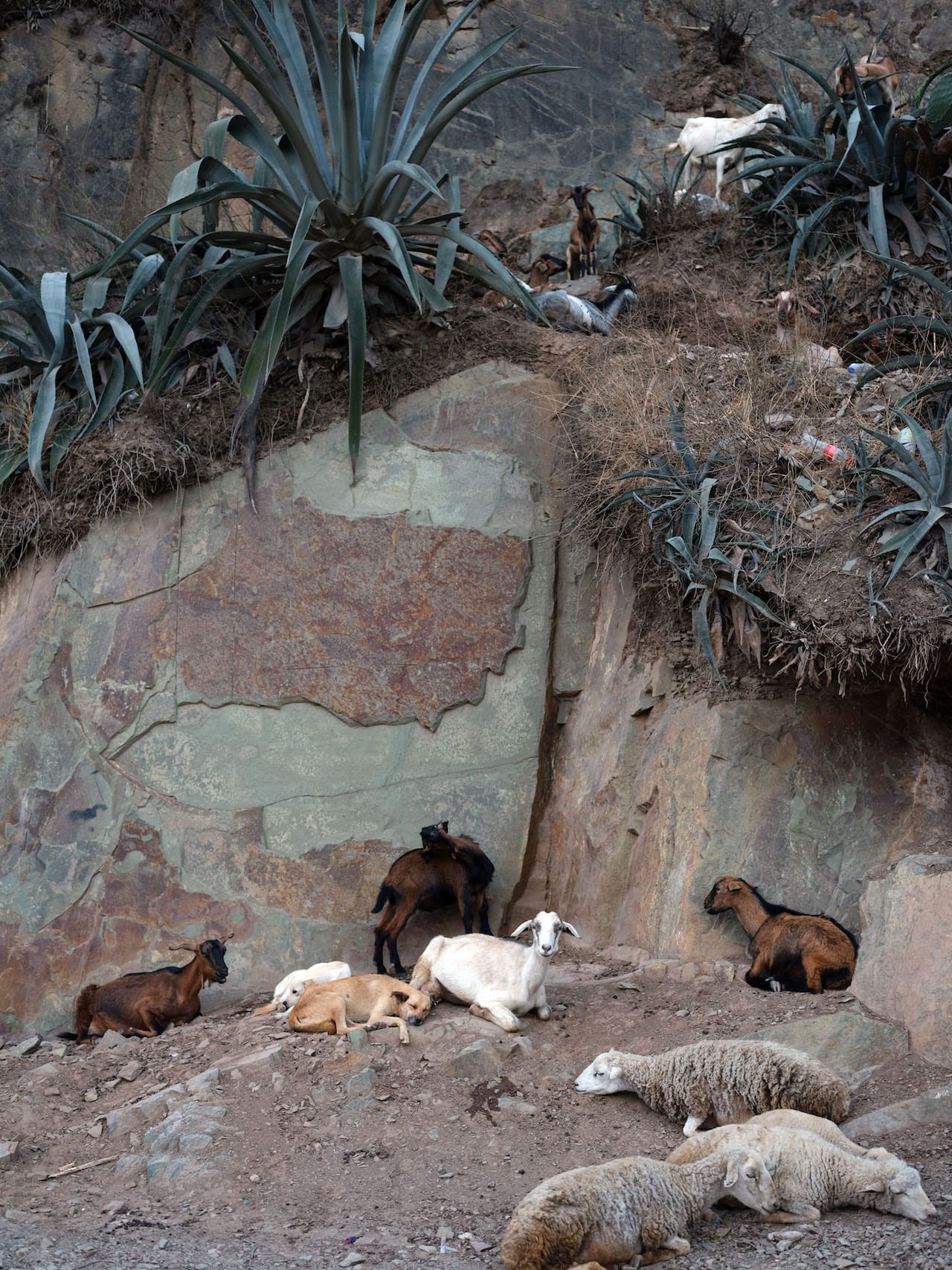
“For me home is a very difficult concept because I was born in Peru, but grew up in Spain and lived in America,” Moises Saman tells me over the phone from his current base – Tokyo, Japan. “At first I was confused because I’ve moved around so much in the past few years. So for this project, I took the opportunity as a way to trace back to where I was born.” Born in Lima in 1968, Moises Saman relocated to Barcelona, Spain with his family when he was just one year old. He spent a month travelling in Kosovo photographing the immediate aftermath of the last Balkan war; during his seven-year stint at Newsday as a staff photographer, he covered the fall out of the 9/11 attacks, and spent an extensive amount of time in Middle Eastern countries before becoming a freelance photographer.

“I wonder what it will be like looking at them in twenty years,” write Magnum photographer Jonas Bendiksen of his contribution to the HOME group project. “This time capsule from when Anna and I were young, and the kids were just two bundles of limitless potential.” Born in 1977, Bendiksen is still young enough to be adding to his family, and shot his contribution to HOME last summer, “when Bille arrived and Boe went from being our little baby to being a big sister”. It’s a time he’ll never forget, he says, though it revolved around the simple things in life – playing, eating, being at home. “That’s what life was about at the time, so it seemed a bizarrely appropriate reason to photograph these events,” he says.
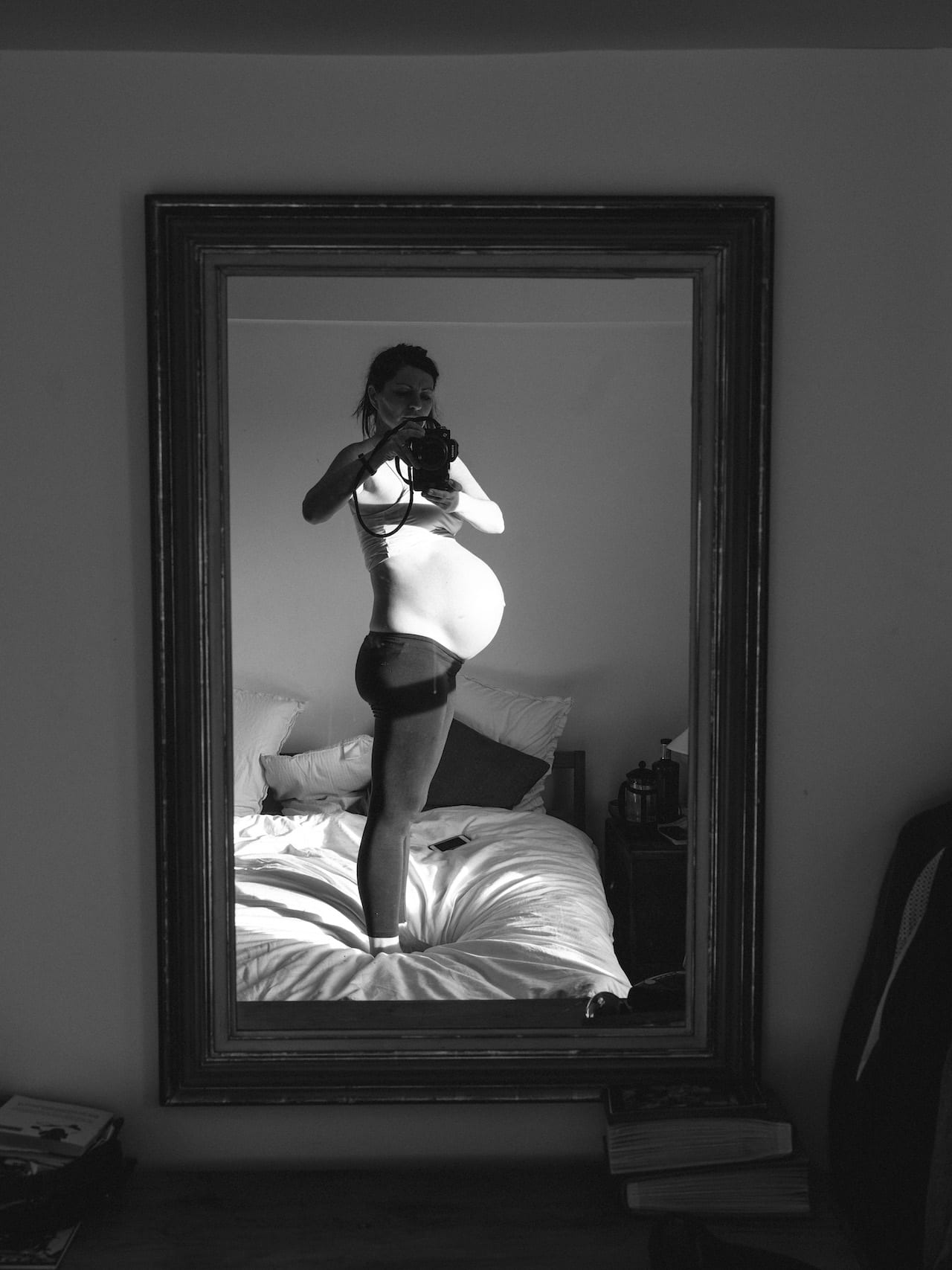
When the HOME project was proposed to her, Olivia Arthur was heavily pregnant with her second daughter and focussing that seemed a natural choice. “But in terms of presenting it as a project to the outside world, I think what’s interesting is this period of waiting – that’s where it all becomes very personal,” she says. Aptly titled Waiting for Lorelai, the project became about the anticipation she and her family experienced in the lead-up to the birth. “There’s this kind of emotion about how much it’s going to change the dynamics between us,” says Arthur, “and how my [older] daughter’s going to react when she finds out it’s not just her.”